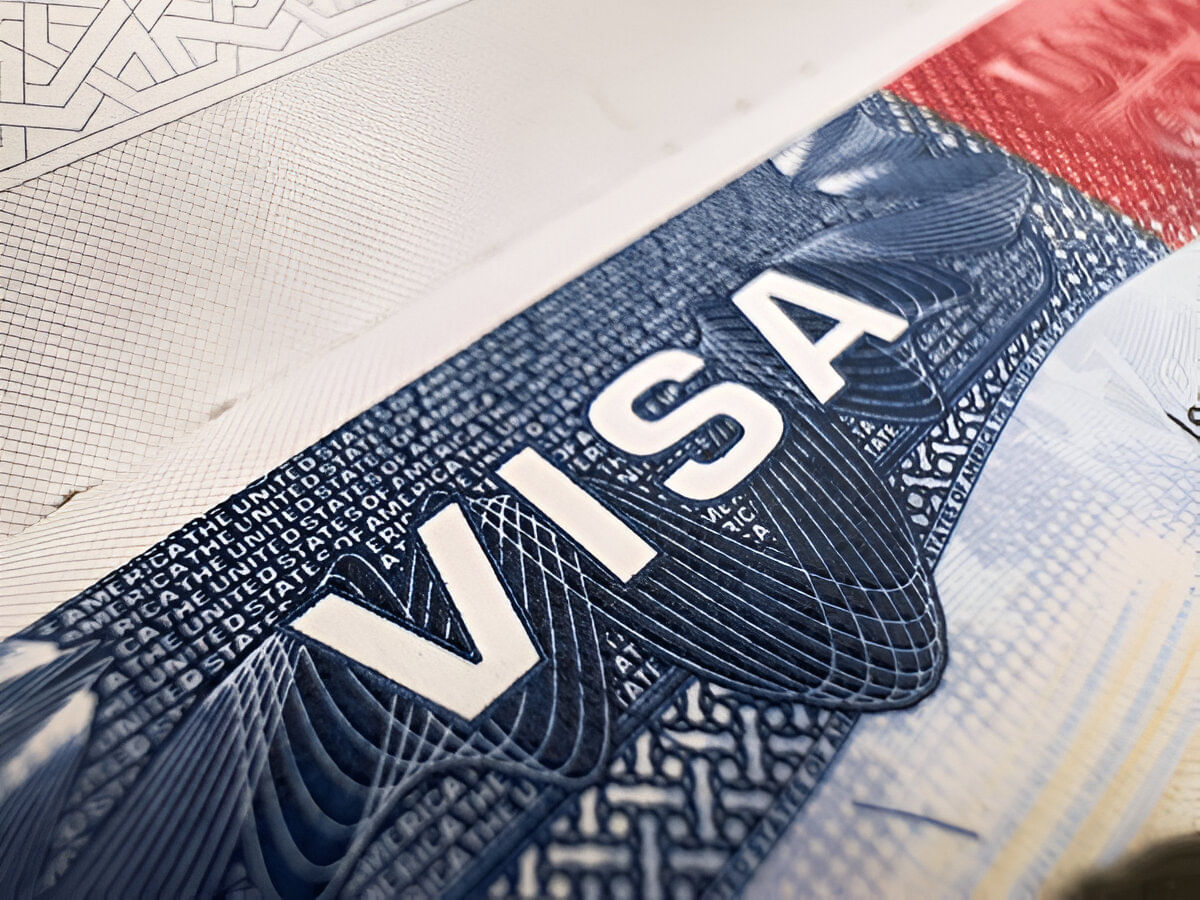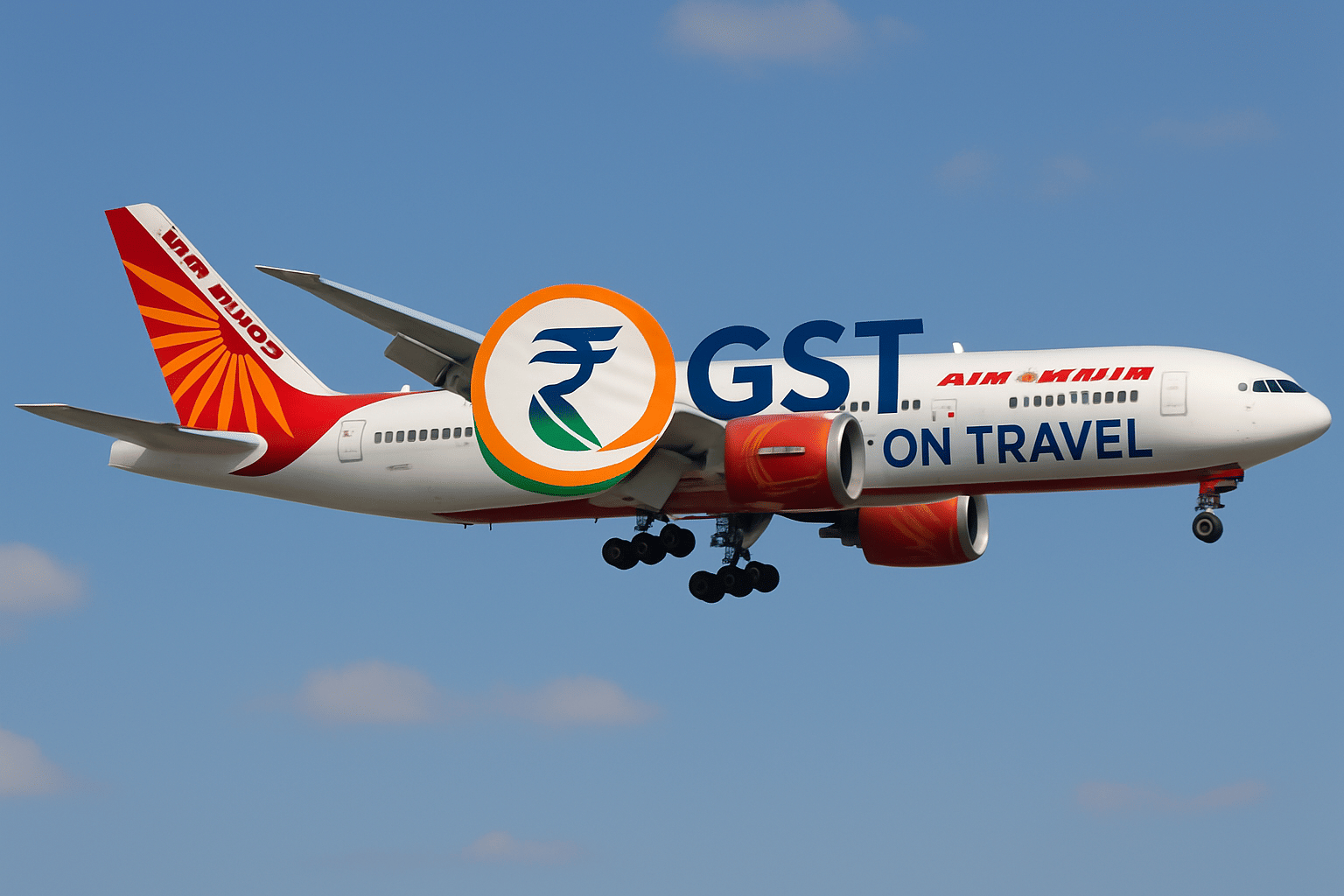President Donald Trump has issued a proclamation adding a $100,000 annual fee to each H-1B visa petition. The fee is on top of the existing fee for H-1B visa applications and is framed as a crackdown on alleged abuse of the H-1B Visa Program, particularly in information technology.

Trump Imposes $100,000 Annual Fees on H-1B Visas
Table of Contents
Table of Contents
- Effective Dates and Payment Rules
- Impact on Indian Professionals and Firms
Effective Dates and Payment Rules
The new charge applies immediately for new filings and from 12:01 a.m. EDT on September 21, 2025 for renewals. Employers must submit proof of the H-1B Visa fee payment with every new or renewal petition; filings without proof will be rejected. Because the fee is annual, keeping a worker for the full six-year H-1B limit could cost an employer $600,000 in additional fees.
Government’s Stated Rationale
The proclamation argues that some firms manipulate the H-1B system to replace American workers with lower-paid foreign labour. It singles out parts of the IT sector as frequent abusers and frames the move as protecting domestic jobs and wages. This measure now sits among the most consequential H-1 B new rules 2025 and dominates current H-1B visa news.
Travel and Status Implications
From September 21, 2025, H-1B workers outside the United States may be refused entry unless their petitions reflect the new $100,000 payment. In response, many companies have urged H-1B employees abroad to return before the deadline and advised both H-1B and H-4 holders to avoid non-essential international travel. While H-1B workers already inside the U.S. are not charged directly, re-entry after travel could be denied without a petition that includes the payment.
Impact on Indian Professionals and Firms

H-1B visas for Indians account for roughly 70% of holders, so Indians H-1B visa workers are likely to be the most affected. Indian IT firms like TCS, Infosys, Wipro, HCL face potentially billions in added costs and may cut on-site assignments, delay renewals, or shift work offshore. If renewals drop, remittances to India could fall sharply. This development is central to searches on “Trump new visa for Indians” and H-1B visa news.
Impact on U.S. Tech and Other Employers
Global tech companies like Google, Amazon, Meta, Microsoft, Apple, IBM and large financial and healthcare organizations may continue sponsoring a smaller number of critical, high-value roles despite the H-1 B visa fee increase. Mid-sized firms and startups are more likely to pause or stop H-1B hiring due to cost. Employers may respond by hiring more locally, automating, or moving certain operations overseas.
What This Means for Individuals?
Prospective and current H-1B workers should confirm their employer’s willingness to pay the fee for H-1B visa applications each year, understand travel limitations, and monitor guidance on exemptions. With green card pathways reportedly tightening, long-term planning may involve reassessing timelines, roles, and alternative immigration options.
This policy significantly raises the cost and complexity of using the H-1B Visa Program. New demand may decline, and existing numbers may fall gradually as visas expire without renewal. The labor market impact will depend on how widely exemptions are granted and how aggressively employers shift to local hiring, automation, or offshore strategies.
Suggested Reads

GST On Air Travel Triggers Concerns Over Rising Air Fares
In a significant move, the Goods and Services Tax (GST) Council has increased the GST rate on non-economy air travel from 12% to 18%, sparking concerns among both airlines and passengers.

Hot Air Balloon Delhi Rides To Commence In The Next Two Months
The Hot Air Balloon Ride project is aimed at promoting ecotourism in the city, while showcasing the natural beauty of the national capital.

New U.S. Visa Rules: Interviews Return, Wait Times To Rise For Indians
The new U.S. visa rules tighten non-immigrant processing by making in-person interviews the norm and requiring applications in your home country, ending third-country “visa shopping.”
Get exclusive travel insights & updates into your inbox!
*By clicking subscribe you'll receive emails from WanderOn.

Shrutika Parab
★★★★★24 May 2024
“Thank you Team Wanderon for the amazing Ladakh Experience. Right from the point of making the bookings with Mr. Chakshu to the point of completion of the trip received amicable support.

Sonal Shekhar Dash
★★★★★9 May 2024
“I did my first solo trip in India with WanderOn. Initially I was sceptical about their Meghalaya-Kaziranga trip as I didn't have any prior experience with them but the team assured me that it's going to be one of the best experiences of my life.

Archana Awati
★★★★★30 Apr 2024
“In Ladakh, find the perfect blend of culture, adventure, and serenity. December last year I decided that my next trip would be Ladakh but didn’t know how to go about it. I knew I wanted to travel in a group, as I had prior experiences of traveling in a group but wanted an organiser I could trust. Ladakh isn’t like other destinations wherein you need some instructions due to the high altitudes.

Kartik Dilawari
★★★★★4 Jul 2024
“After an amazing trip to Tirthan with WanderOn, I decided to go to Manali-Jispa with them and yet again, the experience was worth every penny. The place was very beautiful and the quality of service was top-notch, the itinerary was very good and the quality of transportation and stays were very good. Had an awesome time there and made some good friends as well. Lastly, our trip captains Priyasha and Rachit managed the entire trip very well and were so fun and made our trip an experience worth remembering.
WanderOn Special

WANDERON EXPERIENCES PVT LTD
3rd Floor, Building No-436, Phase IV, Udyog Vihar, Sector-18, Gurugram, Haryana-122015



